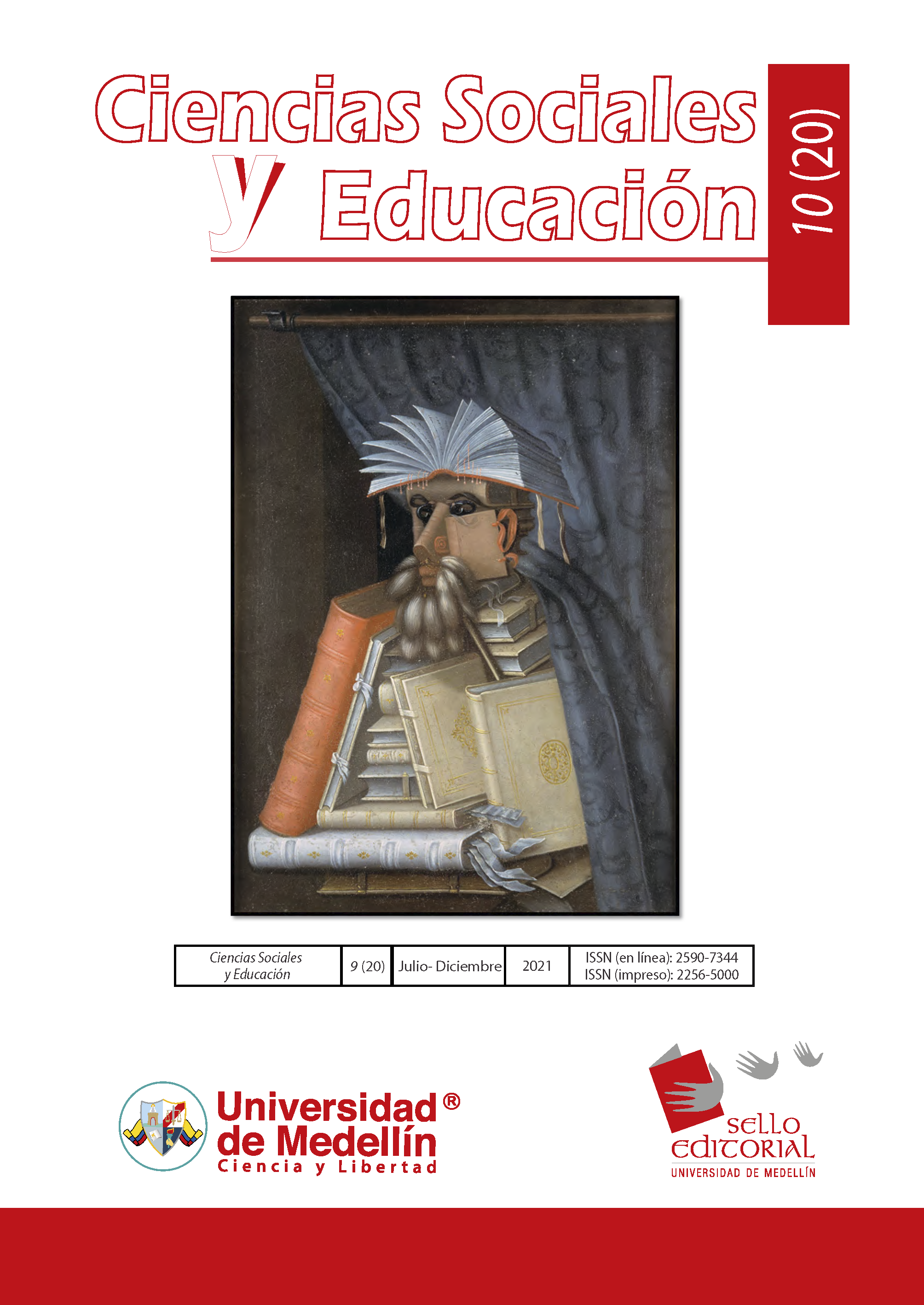La emergencia de enfermedades infecciosas. (Bernardino Fantini)
Contenido principal del artículo
Resumen
(Traducción de del francés al español de Rodrigo Zapata Cano)
«En este corto artículo de epidemiología encontramos el acta de nacimiento de una grave pandemia, pero también el punto de partida de una de las más grandes aventuras científicas y médicas del siglo XX. La aparición de la nueva epidemia de sida, enfermedad metafórica de la época 'posmoderna' (Sontag, 1990), ha golpeado la sensibilidad de nuestra época y ha asustado tanto al mundo científico como a la opinión pública. La aparición de esta pandemia ha mostrado cruelmente que las enfermedades infecciosas todavía podían ser causas importantes de morbilidad y mortalidad.»
Detalles del artículo
Citas
Anderson, R. M. y May, R. M. (1992). Infectious diseases of humans. Dynamics and control. Oxford University Press.
Beveridge, W. I. B. (1977). Influenza: The last great plague. Prodist.
Black, R. H. y Sencer, D. J. (1978). The Long-Term Future of the International Health Regulations. WHO Chronique, 32, 437-440.
Burnet, M. (1953). The future of medical research. Lancet. 261(6751), 103-108. https://doi.org/10.1016/s0140-6736(53)90826-5
Burnet, F. M. (1940). The Action of Certain Surface-Active Agents on Viruses. Australian Journal of Experimental Biology and Medical Science, 18(2), 141-150.
Calmette, A. (1911). Procès verbaux des séances du Comité permanente de l’OlHP.
Etheridge, E. W. (1991). Sentinel for health. A history of the Centers for Disease Control. University of California Press.
Fenner, F. y Fantini, B. (1999). Biological Control of Vertebrate Pests. The History of Myxomatosis, an Experiment in Evolution. CABI Publishing.
Grmek, M. D. (1969). Préliminaires d’une étude historique des maladies. Annales Économies, Sociétés, Civilisations, 24(6), 1473-1483. https://www.persee.fr/doc/ahess_0395-2649_1969_num_24_6_422182
Grmek, M. D. (1989). Histoire du SIDA. Début et origine d’une pandémie actuelle. Payot.
Grmek, M. D. (1993). Le concept de maladie émergente. History and Philosophy of the Life Sciences, 15(3), 281-296.
Howie, J. W. (1968). Infectious disease, does it still matter? Public Health, 82(6), 253-268.
Hoyle, F. y Wickramasingh, H. C. (1979). Disease from space. Dent & Sons Ltd.
Institute of Medicine (US) Committee on Emerging Microbial Threats to Health, Lederberg, J., Shope, R.E. y Oaks S.C. Jr. (eds.) (1992). Emerging infections. Microbial threats to health in the United States. National Academies Press.
Lederberg, J. (1993). Viruses and Humankid. Intracellular Symbiosis and Evolutionary Competition. En S.S. Morse (ed.), Emerging Viruses (pp. 3-9). Oxford University Press.
May, R. M. (1993). Ecology and Evolution of Host-Virus Associations. En S.S. Morse (ed.), Emerging Viruses (pp. s.n). Oxford University Press.
Morse, S.S. (ed.) (1993). Emerging Viruses. Oxford University Press.
Organisation Mondiale de la Santé (1955). La poliomyélite. Série de Monographies, Organisation Mondiale de la Santé, (26).
Payne, A. M. M. (1955). Les mesures de santé publique dans la lutte contre la poliomyélite. Série de Monographies, Organisation Mondiale de la Santé, (26), 393-418.
Santoliquido, R. (1911). Procès-verbaux des séances du Comité permanent de l’OIHP.
Sontag, S. (1990). Illness as metaphor. AIDS and its metaphors. Anchor Books.
Sontag, S. (1996). La enfermedad y sus metáforas. El sida y sus metáforas. Taurus.
Stowman, K. (1947). Epidem. vital. Statist. Rep.
Weekly Report. (1981). Centers for Disease Control: Pneumocystis pneumonia. Morb. Mortal.





